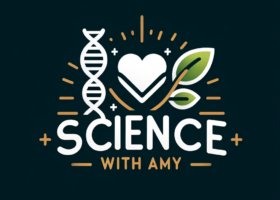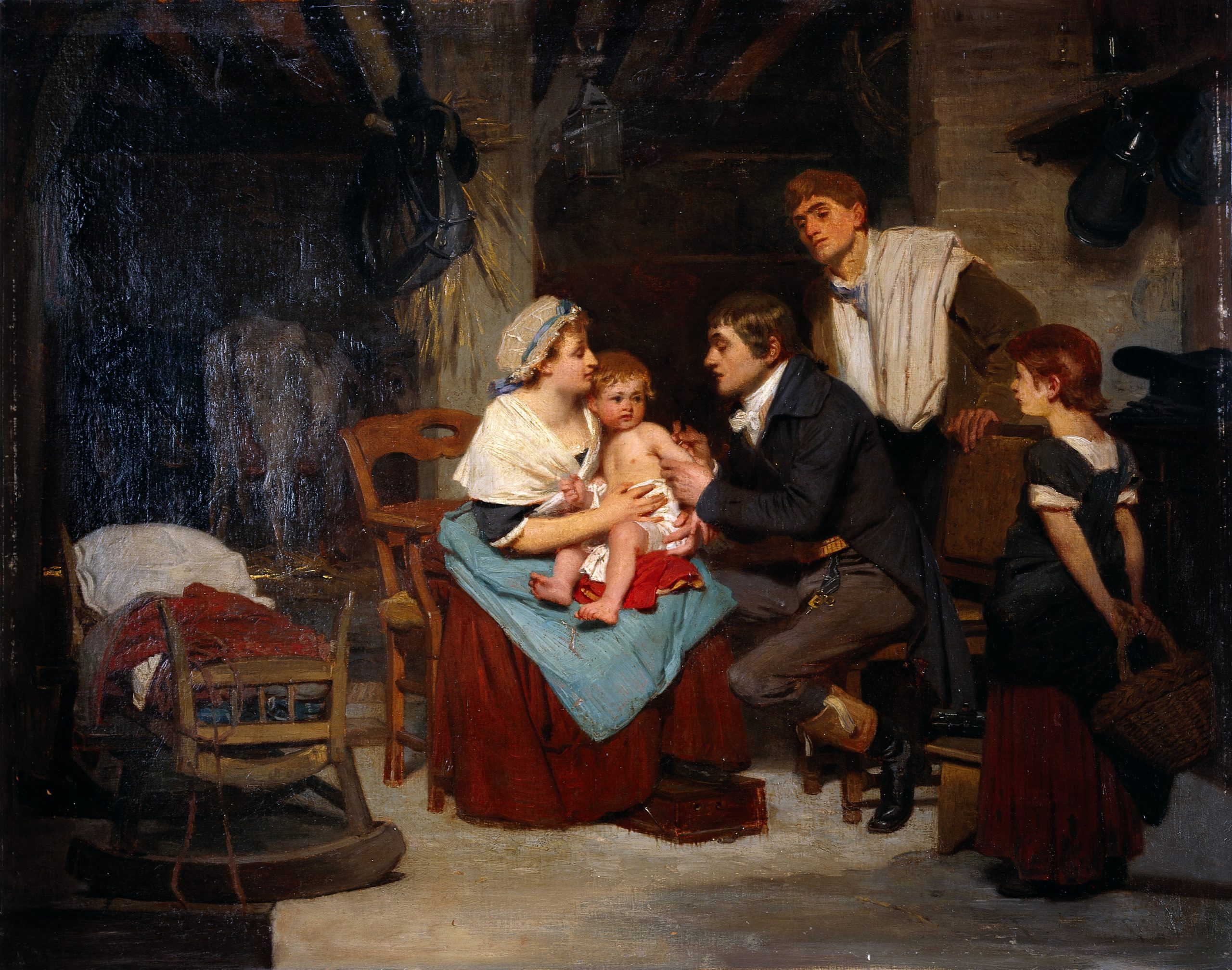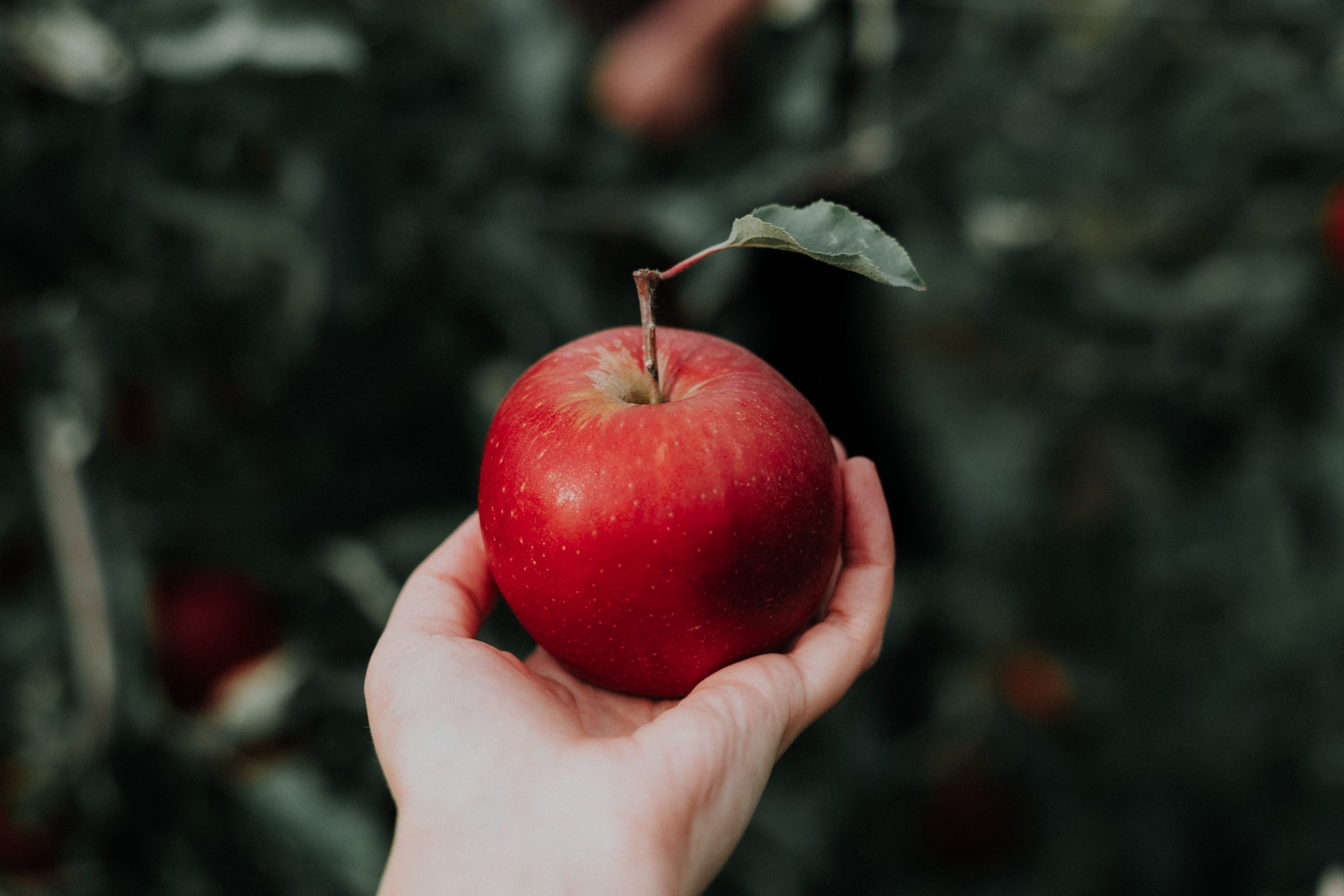Viruses are ubiquitous, meaning they are everywhere.
Previously, we learn the basic definition of a virus and its structure and whether it is considered alive or not.
Viruses can be transmitted in many ways. The majority of human viruses can spread through contact with bodily fluids such as saliva, mucus, and blood containing active viruses.
A person can be exposed to viruses through kissing, sexual contact, sharing contaminated needles, ingesting contaminated food or water, and through bites from infected insects such as mosquitos.

We learn that respiratory viral infection such as COVID-19 can be spread through respiratory droplets. Other examples of respiratory viral infections include seasonal flu, H1N1, and rhinovirus. Respiratory infections mainly affect the nose, throat, and lungs.
Other viral infections can affect the skin. A person with viral skin infection may experience mild to severe symptoms such as rashes, blisters, and bumps.
Chickenpox is one of the most known viral skin infections, caused by the varicella-zoster virus.

Viruses can also cause gastrointestinal infections. You might have heard the term “stomach flu”. It refers to viral gastroenteritis. Stomach flu can be caused by a number of different viruses and sometimes by bacteria. Many of the viral food poisoning cases are caused by noroviruses and rotaviruses.
How does a tiny virus infect and multiply within a host cell?
A lifecycle of viruses with bacterial and animal hosts may differ in their mechanisms. Despite the technical difference, most viruses follow 5 basic steps to reproduce.
Most animal viruses, including human viruses, go through the lytic cycle.
Step 1: Attachment
Once inside a host, through various means of transmissions, a virus will attach itself to a host cell. On the surface of a host cell membrane, there are different kinds of proteins. These proteins act as receptors and sites of attachment for viruses.
A simple way to understand this is to visualize a series of locks and keys. Viruses with matching keys can fit into the matching locks on the cell membrane surface.
For example, the infamous SARS-CoV-2 virus responsible for COVID-19 and the current pandemic has spike proteins on its outer surface. The virus can infect human cells by attaching its spike proteins to the ACE2 receptors on the host cell surface.

Step 2: Entry
After a virus attached itself to the host cell, it can enter the host cell either by endocytosis (a process where the virus is engulfed by the host cell) or through the fusion of the virus envelope and the host cell membrane.
Many viruses are host specific. They infect certain types of tissues. We call this tissue tropism. Tropism is exhibited by the latest strain of coronavirus, SARS-CoV-2, which targets the respiratory tract.
Step 3: Uncoating and biosynthesis
Once inside, a virus structure is broken down. The uncoating of a virus envelope and protein capsid releases its viral genetic material.
The genetic material then provides a blueprint for the synthesis of viral proteins and replication of more viral genomes by hijacking the host cell’s machinery.
The exact mechanisms for the expression of genes and their replications vary. This is dependent on the type of nucleic acids the virus carries. They can be single-stranded (ss) or double-stranded (ds) in the form of DNA or RNA. Sometimes the virus can carry its own enzymes, and once inside the host cell, the viral enzyme will facilitate the synthesis process.
All the components required to make new virus particles are made within the host cell. The building blocks come from the host cell as well.

Step 4: Maturation
As more and more viral components are made, these components are assembled into new virions. New virions will have all the same components as the original virus. The same components enabling them to infect more host cells.
Step 5: Virus shedding
The new virions can leave the host cell in two main ways.
The liberation of new virions can occur when the host cell bursts open (this process is called lysis). Alternatively, a virion can be released through exocytosis or budding, which is where the host cell membrane surrounds the virion and become its envelope.
SARS-CoV-2 is believed to shed via exocytosis. In this case, the host cell is not destroyed and can be re-infected for the production of more virions. Either way, the end results are the same. Virions are free to infect other cells in the vicinity.
The lifecycle of a virus is a successful one. Because it does not require the host cell itself to replicate for viral propagation. The replication of a host cell is more energy-consuming. By hijacking the host cells’ machinery, viruses can multiply in a short amount of time. And many virions can be released at once.
Not all viruses follow the lytic cycle. Bacteriophage, a virus that infects bacteria can go through a slightly different life cycle, called the lysogenic cycle.

In a lysogenic cycle, a bacteriophage injects its genetic material into the host cell. The viral genome is then incorporated into the host cell’s genome and becomes part of the host. As the host cell replicates, the viral phage genome is replicated as well.
This can continue until under stressful conditions or induction, the viral genome can be excised from the host cell’s genome and then enter a lytic cycle to complete a virus lifecycle.
A virus lifecycle can be simple and complicated. Latent viruses can remain hidden within the host cell. This kind of viruses can cause latent infection.
For example, once a person recovers from chickenpox, the virus can remain dormant for years. It is not clear exactly how and why, but the varicella-zoster virus can be reactivated and cause shingles, which causes painful blistering rashes. You can only get shingles if you have had chickenpox in the past.

Some infections are for life. HIV virus is one such example. A person infected with HIV can experience no symptoms for years as the virus remain dormant.
The virus is sophisticated in avoiding detection from our immune cells and interfere with the body’s immune function.
Over time, the disease progressed into acquired immunodeficiency syndrome (AIDS). Patients with AIDS and weakened immune systems can eventually succumb to opportunistic infections.
Although there is currently no cure or vaccine for HIV/AIDS, scientists have developed effective treatment in slowing the progression of the disease. Such treatment greatly improves the quality of life for people infected with HIV/AIDS.
References:
1. Adnan Shereen, M., Khan, S., Kazmi, A., Bashir, N., & Siddique, R. (2020). COVID-19 infection: origin, transmission, and characteristics of human coronaviruses. Journal of Advanced Research. doi:10.1016/j.jare.2020.03.005
2. https://openstax.org/details/books/microbiology




